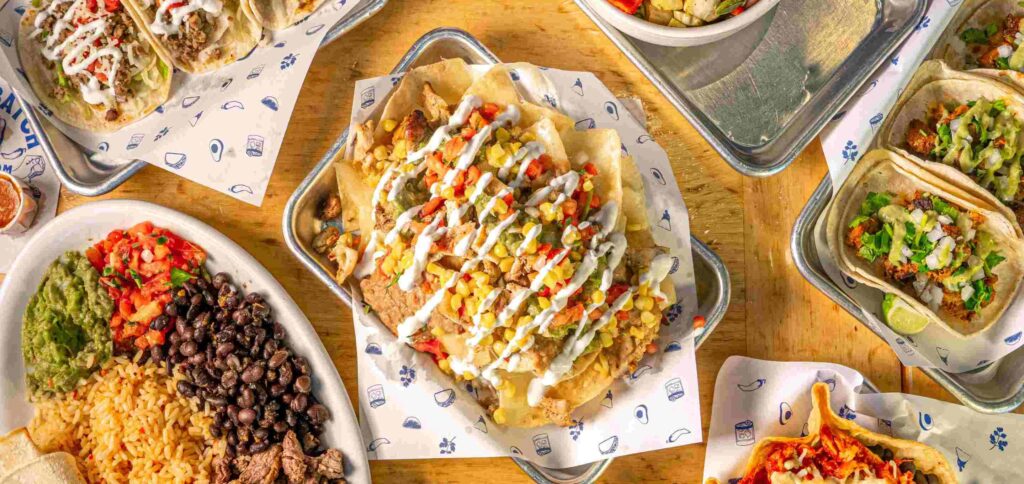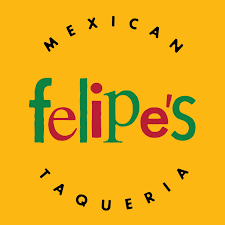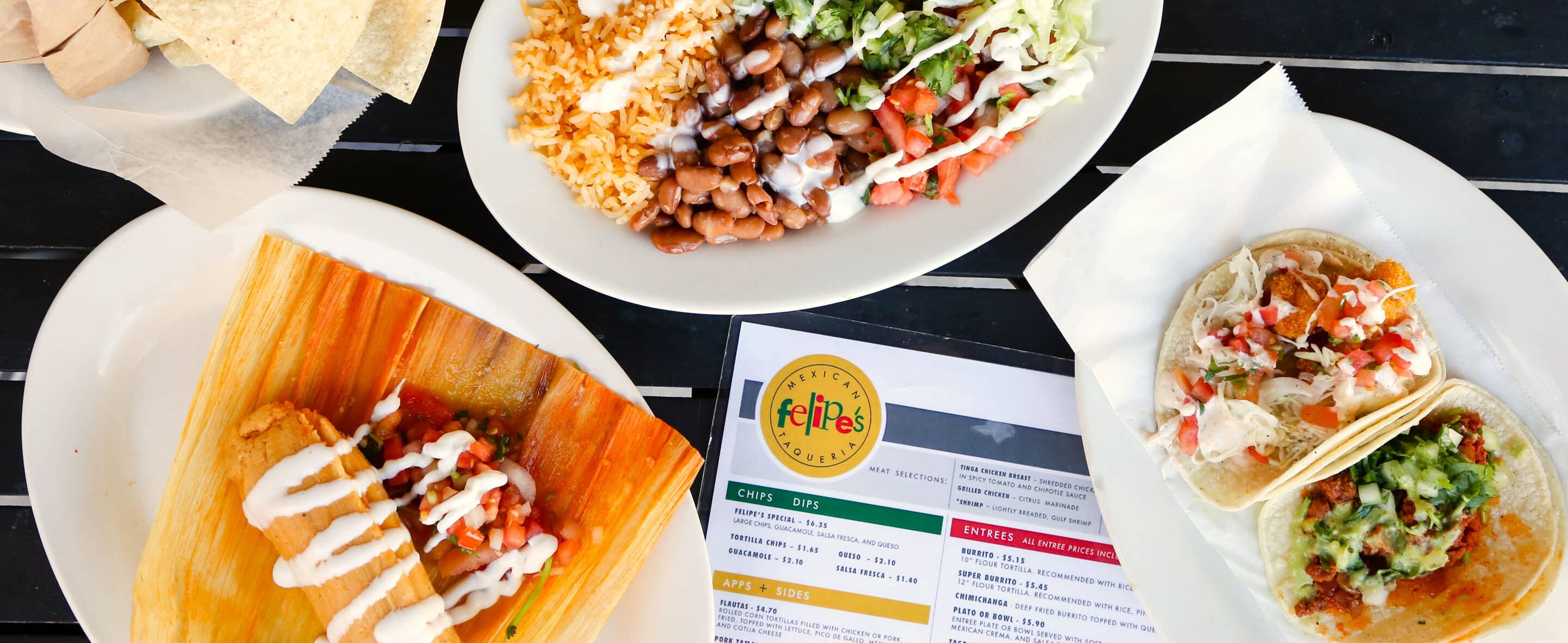Felipe’s Mexican Taqueria was at a crossroad. After launching in 2006 in Boston and New Orleans and garnering a loyal fanbase, the fledgling company adding locations across the Crescent City and Florida began growing increasingly complex and challenging to manage effectively and profitably.
By 2012, it had a disjointed tech stack cobbled together over time based on the growing company’s needs, standardized recipes that weren’t formalized or housed in a central system, and performance and cost metrics weren’t accessible. The fact that Felipe’s was a fast-casual concept where guests could choose from options like slow-cooked carnitas and wood-grilled steak to more than a half dozen house-made salsas made things even more difficult.
“You’re talking six to eight different proteins plus four different types of beans and rice, then pile on all the different toppings plus sauces, and you’re talking hundreds of millions of combinations,” said Felipe’s Director of Development and Finance Pike Howard. “Then you start to think about your business and ask, “How do I put this whole thing in a system so I can actually understand my cost?
That question led Felipe’s to Restaurant365. After implementation, the company had the integration, centralization, and structure it needed to become a data-driven organization to streamline its business in pursuit of profitability and the flexibility to overcome any challenge and pursue any opportunity.
Throughout recent inflationary spikes, Howard said the company has been able to use Restaurant365 and associated price changes to reduce CoGs five percentage points from 28% to 23% companywide.
And with five locations spread across New Orleans and Florida and plans to add more to the latter in the coming year, Howard stressed the importance, for Felipe’s, of doing the work needed to become and remain a data-driven restaurant company, fostering visibility and embrace of that data across the organization, and ensuring everyone follows the data’s guidance.
"The clickability of Restaurant 365 is the best part. You can just keep digging and digging into menu items, recipes, and ingredients until you find the problem and the solution.”
Pike Howard
Director of Development & Finance, Felipe's Mexican Taqueria
Building the Foundation
With so many possible combinations of ingredients in each guest’s bowl, salad, burrito, or tacos, Howard said the need to standardize its wildly varied daily operations was apparent when he first joined in 2012. Putting in the work to create Felipe’s recipes — particularly recipes inside of recipes — so they could understand how a tomato, for example, moves through each location helped align the entire company.
“We started thinking about an ecosystem,” Howard said. “The point of sale (POS) is important for every restaurant, but you want to be sure that POS works seamlessly with your accounting system and training.”
From there, Howard highlighted the R365’s unique drill-down capabilities that allow Felipe’s leaders to home in on any problem and solve it at the most granular level.
Providing Companywide Visibility
All leaders across the company share that ability to see, understand, and effectively use Felipe’s data. It’s become a part of Felipe’s culture and created both a benchmark for performance and a vehicle for open and honest conversations that help drive the company toward constantly improving results.
“Everyone knows the numbers and the expectations,” Howard said.
Store managers know where their sales levels are against long-term forecasts and their weekly food and liquor budgets. That helps back office and corporate leadership guide stores with slipping profitability back onto the path rather than triage a festering emergency.
Getting store-level managers to that point required “an olive branch and a lot of handholding,” but today, that level of insight and accountability is what helped Felipe’s drive down CoGS by five percentage points.
“They’re given the information to know exactly what they should be purchasing, and if all of a sudden things don’t go according to plan, there’s no finger-pointing; we’re finding a solution,” Howard added.

Staff Support
The final piece of the puzzle to achieving those savings was ensuring Felipe’s team members followed procedures to stabilize costs that could quickly spiral out of control.
A critical part was setting guest expectations to ensure consistent, satisfying experiences. At the same time, team members could avoid uncomfortable, and most like money-losing situations when a guest demands more carnitas in a burrito because that’s what they received during their last visit.
“We have slotted spoons that are specifically designed to bring the correct portion, and when our staff doesn’t follow that, our costs start to rise,” Howard said.
Thinking Ahead
After spending several years in finance before moving into the restaurant industry, Howard was trained to look at business as math. Felipe’s challenge before implementing R365 was that they didn’t know what variables they were working with, and even the equation itself was sometimes unclear.
“I love the platform, and for me, it reinforced even more so how much restaurants really are like a math problem,” Howard said. “Choosing Restaurant365 is making a conscientious decision to manage your business, your restaurant operations, from a data standpoint rather than fly by the seat of your pants.”




